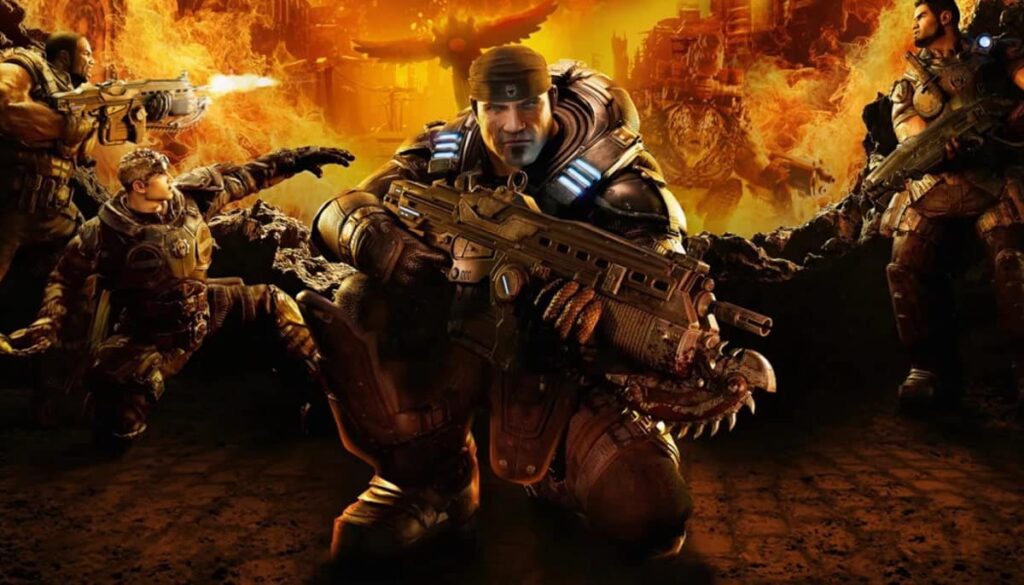The Ready or Not controversy is making headlines in the gaming world, spotlighting how VOID Interactive’s gritty tactical shooter became a flashpoint for debates about console censorship and creative freedom. In July 2025, just as Ready or Not launched on PlayStation and Xbox consoles, the team rolled out six visual content changes to comply with content guidelines and age-rating bodies. These edits—initially for consoles—were later applied to the PC version, stirring up a fierce gaming community backlash and a surge in attention, reflected by a record Steam player count. Here’s a breakdown of the who, what, when, where, why, and how behind the ongoing Ready or Not controversy.
VOID Interactive faces console censorship pressure
VOID Interactive, the studio behind Ready or Not, found itself in the spotlight when console censorship became unavoidable. The game, already known for its uncompromising realism in video games and focus on mature, moral choices, faced strict requirements set by the PlayStation Store and Xbox Store. To secure its spot on these platforms, the developers implemented visual changes targeting nudity and evidence assets—adhering “to the letter of the regulations, no further,” according to VOID Interactive statements. Such edits are often demanded by age-rating bodies and platform holders to ensure compliance with content guidelines and marketplace rules.
The PC version also changed: Community backlash erupts
Initially, changes applied only to PlayStation 5 and Xbox Series X consoles. But soon, VOID Interactive announced that these censorship updates would be pushed to the PC version too. The rationale? Simplifying future development and maintaining a uniform player experience. However, the gaming community backlash was immediate and intense. Many PC gamers felt blindsided, angry that their favored platform—long a bastion of creative freedom and fewer restraints—would be impacted. The controversy quickly spilled onto forums and social media, with waves of review bombing on Steam and mounting calls for boycotts.
Why a nudity and violence slider became the most-requested feature
The core issue at the heart of this Ready or Not controversy is the balance between realism in video games and the need to satisfy platform restrictions. Many fans argue that the edits undermine the game’s commitment to authenticity and immersion, especially as Ready or Not was previously praised for its honest approach to law enforcement scenarios and a refusal to dilute its vision. In response, the community has clamored for a nudity and violence slider—similar to what games like Rust offer—giving players flexibility over censored content and allowing for broader age-appropriate engagement.
Review bombing and a Steam player count surge: How the debate fueled popularity
Ironically, the wave of negative reviews did not drive players away; instead, the controversy fueled a surge in Ready or Not’s popularity. As discourse around the censorship decision raged on, Ready or Not’s Steam player count soared past 44,000 concurrent users—a new peak, according to official statistics. This spike suggests that, despite community frustration, public curiosity or support around the controversy has actually boosted interest in the game, showing just how tightly controversy and viral marketing can intertwine.
Creative freedom vs. console content guidelines: The ongoing struggle
At its core, the Ready or Not controversy underscores the tension between creative freedom for developers and the obligations imposed by consoles’ content guidelines and age-rating bodies. Unlike the platform-neutral landscape often associated with PC games, console releases typically demand more restrictive edits for broader market access. VOID Interactive’s retroactive update to the PC version, while streamlining development, has reignited debates about whether artistic integrity should always be subject to corporate or regulatory standards. The coming months will be critical for both the studio and its fans as further dialogue and potential features—such as the much-requested nudity and violence slider—take center stage.
Frequently asked questions about Ready or Not controversy (FAQ)
What was censored in Ready or Not’s console versions?
Six visual elements related to nudity and crime scene evidence were edited or removed to comply with content guidelines set by the PlayStation Store, Xbox Store, and age-rating bodies.
Why did VOID Interactive apply console censorship changes to the PC version?
The studio aimed to simplify future updates and maintain consistency across all platforms, despite knowing this decision would be controversial among PC players.
How did the Ready or Not community respond to the censorship?
There was significant gaming community backlash, including review bombing on Steam and calls for a boycott. Many fans demanded a customizable nudity and violence slider as a compromise.
Did the controversy affect Ready or Not’s popularity?
Surprisingly, the controversy led to a Steam player count surge, with the game reaching all-time highs for concurrent players during the peak of the debate.
Will VOID Interactive add a nudity and violence slider?
While it remains the most-requested feature, as of this article’s publication, VOID Interactive has not officially confirmed plans for a nudity and violence slider. The team has acknowledged community feedback and may consider it for future updates.
Sources to this article
VOID Interactive (2025). Official developer updates and community statements.
Steam Charts (2025). “Ready or Not concurrent player data.”
PlayStation Store, Xbox Store official content guidelines (2025).
“Ready or Not discussion threads,” r/ReadyOrNotGame, Reddit, July 2025.
IGN (2025). “Ready or Not’s Console Launch and Censorship Controversy.”
Harvard: IGN. (2025). Ready or Not’s Console Launch and Censorship Controversy. IGN.com. Available at: https://www.ign.com/articles/ready-or-not-censorship-console (Accessed: 18 July 2025).




